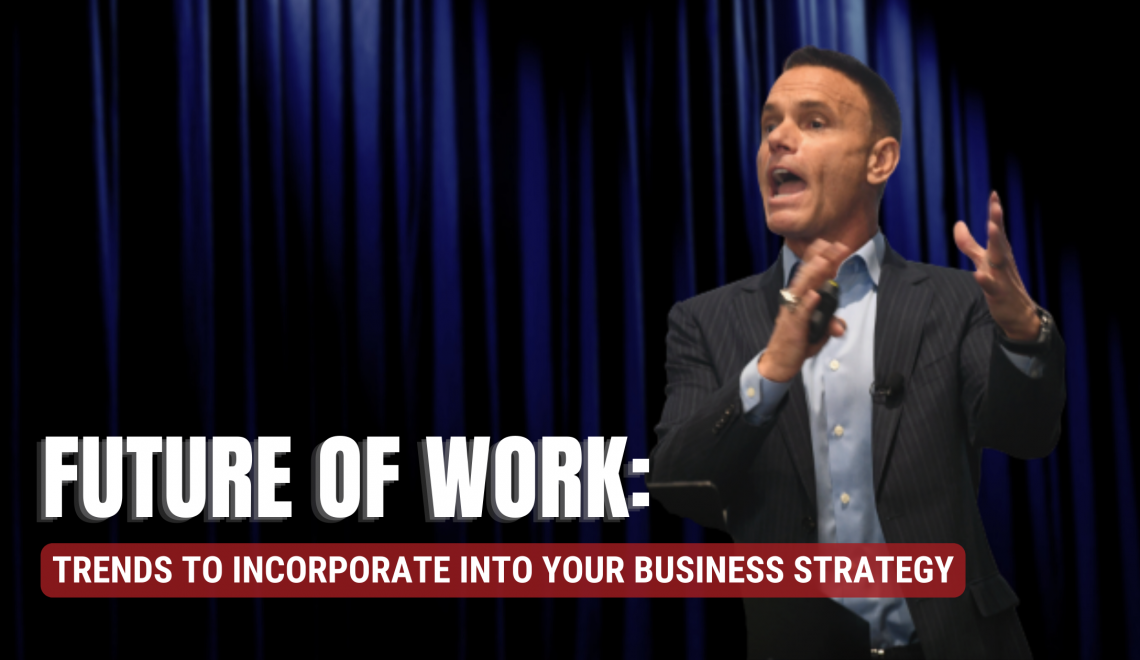
Business trends…… do they matter?
If you’re like most business owners, you’re always looking for ways to stay ahead of the curve and stay competitive in your industry.
One of the best ways to do this is to keep up with the latest trends in the business world—and one of the biggest trends right now is the future of work.
With advances in technology, changes in the global economy, and a new generation entering the workforce, the way we work is changing rapidly.
And if you want your business to stay relevant, it’s important to incorporate these emerging trends into your business strategy.
Here are three key trends to keep an eye on and how you can use them to your advantage.
In fact, keeping up with trends is key to growing your business.
The rise of artificial intelligence and automation
One of the biggest changes we’re seeing in the workplace is the increasing role of artificial intelligence (AI) and automation.
As AI technology continues to evolve, it’s becoming more and more adept at completing tasks that have traditionally been done by humans—and this is having a big impact on the workforce.
For example, jobs that require repetitive tasks or simple data entry are increasingly being done by AI-powered bots instead of human employees.
So, what does this mean for your business?
If you want to stay ahead of the curve, it’s important to start incorporating AI into your operations.
There are a number of ways to do this, from investing in AI-powered software to automating simple tasks like appointment scheduling and customer service.
You’ll save time and money, as well as free up your employees to focus on higher-level tasks.
Here are some of the best ways to use AI for your business:
- AI in Sales (for email campaigns, lead prioritization, & demand forecasting)
- AI in Marketing (for market research, SEO, image recognition, & competitor analysis)
- AI in Customer Support (for customer queries & customer messages)
- AI in in Operations (for inventory management)
- AI in Human Resources (for analyzing candidates & network analysis)
- AI in Accounting (for performing repetitive actions & automating payroll)
- AI in in Contact Centers (for running outreach campaigns)
“You have to talk about ‘The Terminator’ if you’re talking about artificial intelligence. I actually think that that’s way off. I don’t think that an artificially intelligent system that has superhuman intelligence will be violent. I do think that it will disrupt our culture.” —Gray Scott
The rise of the gig economy
Short-term contracts or freelance work have taken over the traditional full-time employment model as another trend.
In part, technology has facilitated businesses’ ability to connect online with freelancers and contract workers.
Flexibility and autonomy are valued over traditional job security and career paths by a new generation of workers.
If you want to tap into this growing pool of talent, there are a number of steps you can take.
It’s essential that your website is ready to accept freelance or contract applications.
You can also post job listings on freelancer websites or use a staffing agency that specializes in finding contract workers for businesses like yours.
With this trend, you’ll find talented workers without committing to a long-term employment deal.
“The gig economy is empowerment. This new business paradigm empowers individuals to better shape their own destiny and leverage their existing assets to their benefit.” -John McAfee
Find out how to add additional income streams!
The rise of remote work
Thanks to advances in technology, more and more employees are working remotely—and this trend is only going to continue in the years ahead.
This flexibility and work-from-home trend also got a boost from the pandemic.
In fact, a recent study found that 70% of employees would like to work remotely at least some of the time—and 53% would like to do so full-time.
There are a number of reasons for this shift, from wanting to avoid commute times to needing more flexibility to care for family members.
If you want to attract top talent, it’s important to make sure your business is open to remote work arrangements.
This may mean offering flexible hours or allowing employees to work from home a few days per week.
You can also use video conferencing tools like Zoom or Slack for team meetings or one-on-one check-ins—which will come in handy if you ever need to hire someone who doesn’t live near your office location.
By accommodating this growing trend, you’ll be able better compete for top talent—no matter where they happen to live.
The way we work is changing rapidly—and if you want your business to stay relevant, it’s important to incorporate these emerging trends into your strategy.
From the increasing role of artificial intelligence and automation to the rise of the gig economy and remote work arrangements, there are a number of key trends that you need to be aware of as we head further into the year and beyond.
You’ll have a better chance of succeeding now and in the future by staying on top of these trends.



